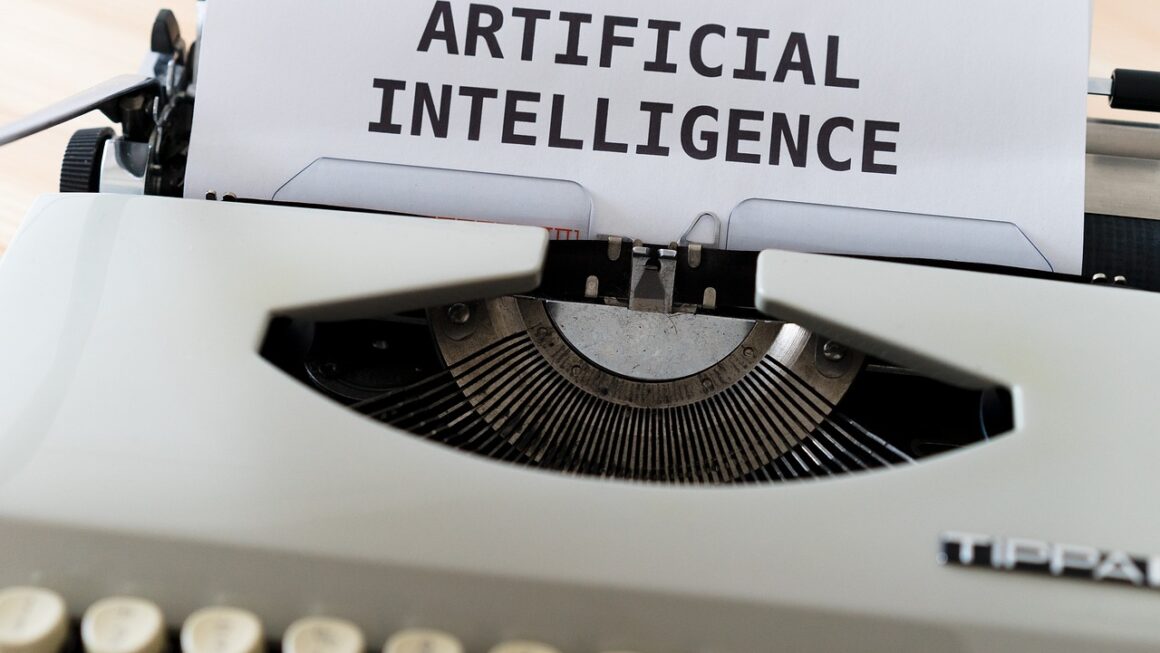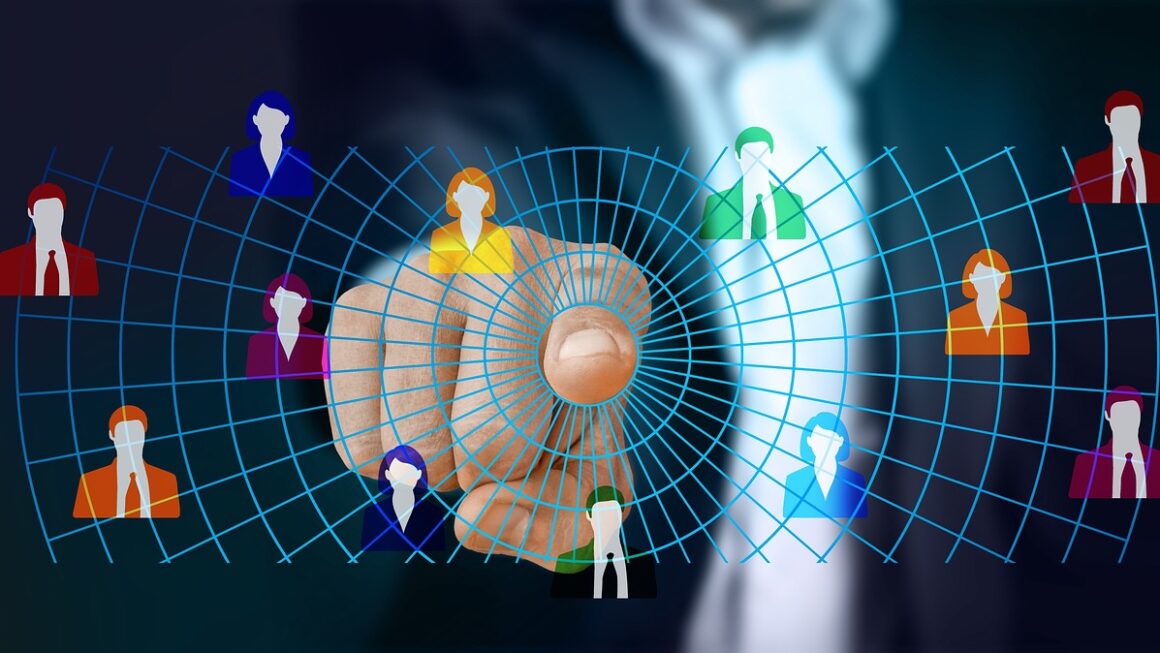AI is rapidly transforming our world, permeating everything from the algorithms that curate our news feeds to the systems that determine loan applications and even assist in medical diagnoses. However, this transformative power comes with a significant caveat: AI bias. Understanding and mitigating AI bias is crucial for ensuring fairness, equity, and trust in these increasingly ubiquitous systems. This blog post delves into the complexities of AI bias, exploring its causes, consequences, and potential solutions.
What is AI Bias?
Defining AI Bias
AI bias refers to systematic and repeatable errors in AI systems that create unfair outcomes for certain groups of people. This bias arises when algorithms are trained on data that reflects existing societal biases, leading the AI to perpetuate or even amplify those biases. It’s not just about inaccurate predictions; it’s about predictions that systematically disadvantage specific demographic groups.
Why Does AI Bias Matter?
The consequences of AI bias can be far-reaching and detrimental:
- Discrimination: AI bias can lead to discriminatory outcomes in areas like hiring, loan applications, and criminal justice, perpetuating existing inequalities.
- Erosion of Trust: When AI systems are perceived as unfair or biased, it erodes public trust in the technology and the institutions that deploy it.
- Legal and Ethical Issues: Biased AI systems can violate anti-discrimination laws and raise serious ethical concerns about fairness, justice, and accountability.
- Economic Impact: Biased AI can limit opportunities for certain groups, hindering economic growth and innovation.
- Reinforcement of Stereotypes: By consistently associating certain attributes with specific demographics, biased AI can reinforce harmful stereotypes.
Sources of AI Bias
AI bias can creep into the system at various stages of the AI development lifecycle.
Data Bias
This is the most common source of AI bias. If the data used to train the AI system is skewed or incomplete, the resulting model will likely exhibit bias.
- Historical Bias: Reflects existing societal biases present in historical data. For example, if a hiring algorithm is trained on historical hiring data that predominantly features male candidates for engineering roles, it may unfairly favor male applicants.
- Sampling Bias: Occurs when the training data does not accurately represent the population the AI system is intended to serve. Imagine training a facial recognition system primarily on images of light-skinned individuals; it will likely perform poorly on individuals with darker skin tones. This was a significant issue in early facial recognition technology.
- Exclusion Bias: Arises when important features or variables are excluded from the training data, leading the AI to make decisions based on incomplete information.
- Measurement Bias: Occurs when the way data is collected or measured introduces systematic errors. For example, if a survey about customer satisfaction is only offered online, it might exclude individuals without internet access, skewing the results.
Algorithm Bias
The algorithms themselves can introduce bias, even with relatively unbiased data.
- Design Choices: The choice of algorithm, its architecture, and the parameters used can inadvertently favor certain outcomes over others. For instance, an algorithm designed to maximize efficiency may prioritize speed over accuracy, leading to biased results if certain groups are more likely to be affected by errors.
- Optimization Goals: The objectives the algorithm is designed to optimize can reflect biases. If the goal is solely to maximize profit, the algorithm may make decisions that are unfair to certain groups if those decisions contribute to higher profits.
- Feedback Loops: AI systems can create feedback loops that amplify existing biases. If an AI system makes biased decisions, it can influence future data, which in turn reinforces the bias. For example, if a loan application algorithm denies loans to individuals from a particular neighborhood, it can lead to decreased investment in that neighborhood, further reinforcing negative stereotypes and making it even less likely that individuals from that neighborhood will be approved for loans in the future.
Human Bias
The humans involved in developing, deploying, and using AI systems can also introduce bias.
- Confirmation Bias: The tendency to seek out and interpret information that confirms pre-existing beliefs can influence the selection and interpretation of data.
- Implicit Bias: Unconscious stereotypes and attitudes can affect the way data is labeled, features are engineered, and algorithms are evaluated.
- Lack of Diversity: Development teams that lack diversity in terms of race, gender, and socioeconomic background may be less likely to identify and address potential biases in AI systems.
Real-World Examples of AI Bias
COMPAS Recidivism Algorithm
The COMPAS (Correctional Offender Management Profiling for Alternative Sanctions) algorithm, used in the US criminal justice system, was found to disproportionately flag Black defendants as higher risk for recidivism compared to white defendants, even when controlling for prior offenses. This highlights how seemingly objective AI can perpetuate racial bias in sentencing and parole decisions.
Amazon’s Recruiting Tool
Amazon developed an AI recruiting tool to automate the process of screening job applicants. However, the tool was trained on historical hiring data that predominantly featured male applicants, leading it to discriminate against female candidates. The tool penalized applications that contained the word “women’s” and downgraded graduates of two all-women’s colleges. Amazon ultimately scrapped the project.
Healthcare Algorithms
Studies have shown that some healthcare algorithms used to determine which patients receive additional medical care exhibit racial bias. These algorithms often rely on cost as a proxy for need, which can lead to Black patients being underserved because they historically have lower healthcare costs due to systemic inequities in access to care.
Mitigating AI Bias: A Multi-Faceted Approach
Addressing AI bias requires a proactive and comprehensive approach that spans the entire AI development lifecycle.
Data Auditing and Preprocessing
- Identify and Address Bias in Training Data: Carefully examine the training data for potential sources of bias.
- Data Augmentation: Use techniques like oversampling or synthetic data generation to balance the representation of different groups in the training data.
- Data Cleaning: Correct errors, inconsistencies, and missing values in the data.
- Feature Engineering: Select and transform features in a way that minimizes bias and maximizes fairness.
Algorithmic Fairness Techniques
- Fairness-Aware Algorithms: Employ algorithms that are specifically designed to mitigate bias and promote fairness. These algorithms often incorporate fairness metrics directly into the optimization process.
- Calibration: Ensure that the AI system’s predictions are well-calibrated across different groups, meaning that the predicted probabilities accurately reflect the actual outcomes.
- Threshold Adjustment: Adjust the decision thresholds of the AI system to balance accuracy and fairness.
- Regularization Techniques: Implement regularization methods that penalize biased outcomes during training.
Monitoring and Evaluation
- Continuous Monitoring: Continuously monitor the AI system’s performance for bias and fairness, even after deployment.
- Fairness Metrics: Use a variety of fairness metrics, such as equal opportunity, equalized odds, and demographic parity, to assess the system’s performance across different groups. It is important to choose metrics that are appropriate for the specific application and context.
- Bias Audits: Conduct regular bias audits to identify and address any emerging biases.
- Transparency and Explainability: Make the AI system’s decision-making process more transparent and explainable so that biases can be more easily identified and understood. Explainable AI (XAI) techniques can help make AI systems more understandable to humans.
Organizational and Ethical Considerations
- Diverse Teams: Assemble diverse development teams that can bring different perspectives and experiences to the table.
- Ethical Guidelines: Establish clear ethical guidelines for AI development and deployment that prioritize fairness, equity, and accountability.
- Stakeholder Engagement: Engage with stakeholders from affected communities to understand their concerns and perspectives.
- Bias Training: Provide bias training to all individuals involved in the AI development process.
- Accountability Mechanisms: Establish clear accountability mechanisms for addressing AI bias.
Conclusion
AI bias is a complex and multifaceted problem that requires a concerted effort to address. By understanding the sources of AI bias, implementing mitigation strategies, and prioritizing ethical considerations, we can work towards creating AI systems that are fair, equitable, and beneficial for all. Ignoring AI bias risks perpetuating and amplifying existing inequalities, eroding trust in technology, and hindering progress towards a more just and equitable society. The responsibility lies with developers, policymakers, and the public to ensure that AI is used responsibly and ethically.




